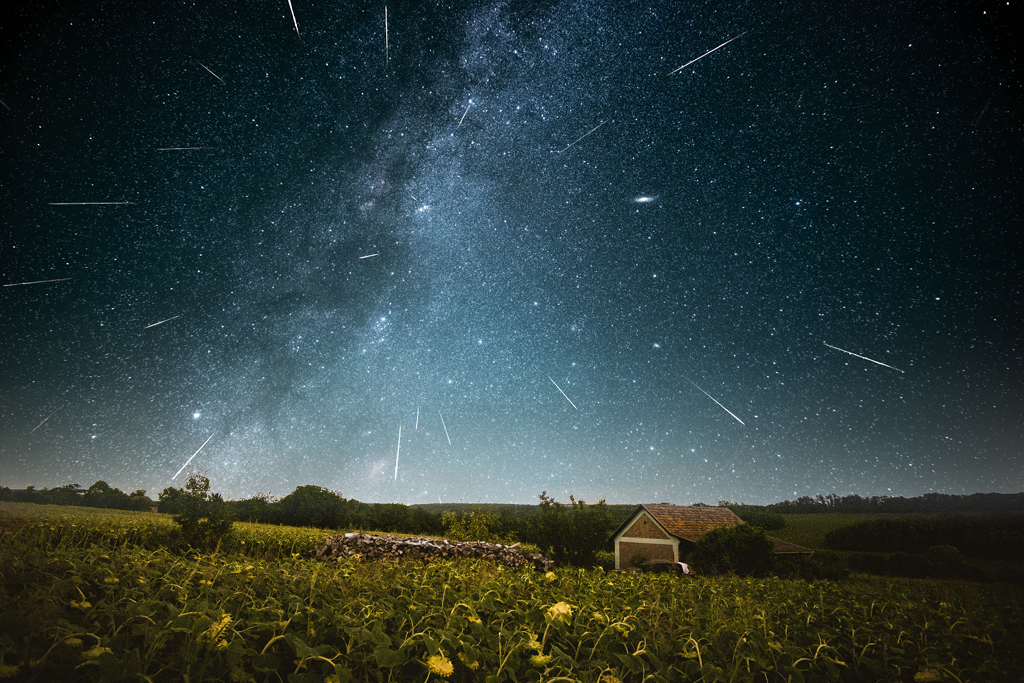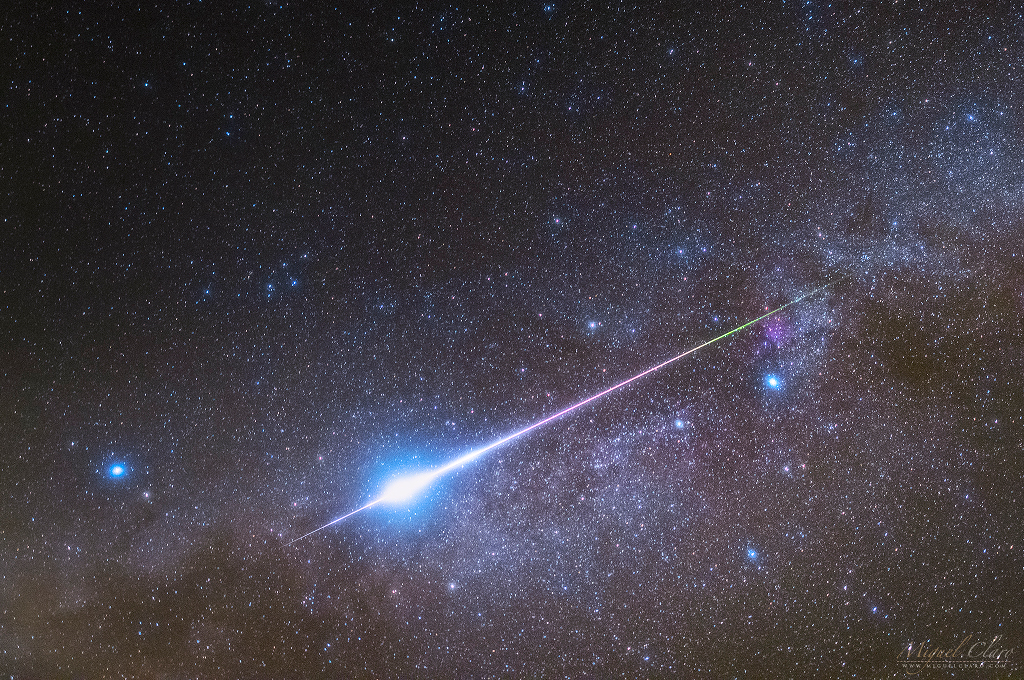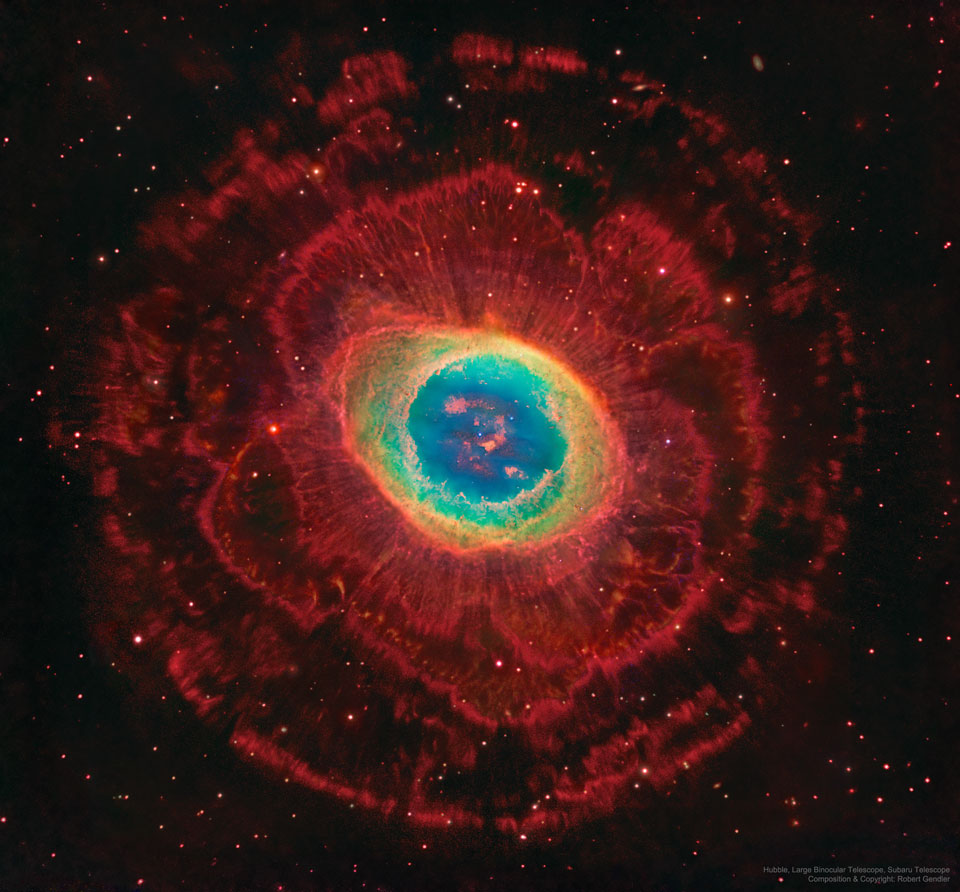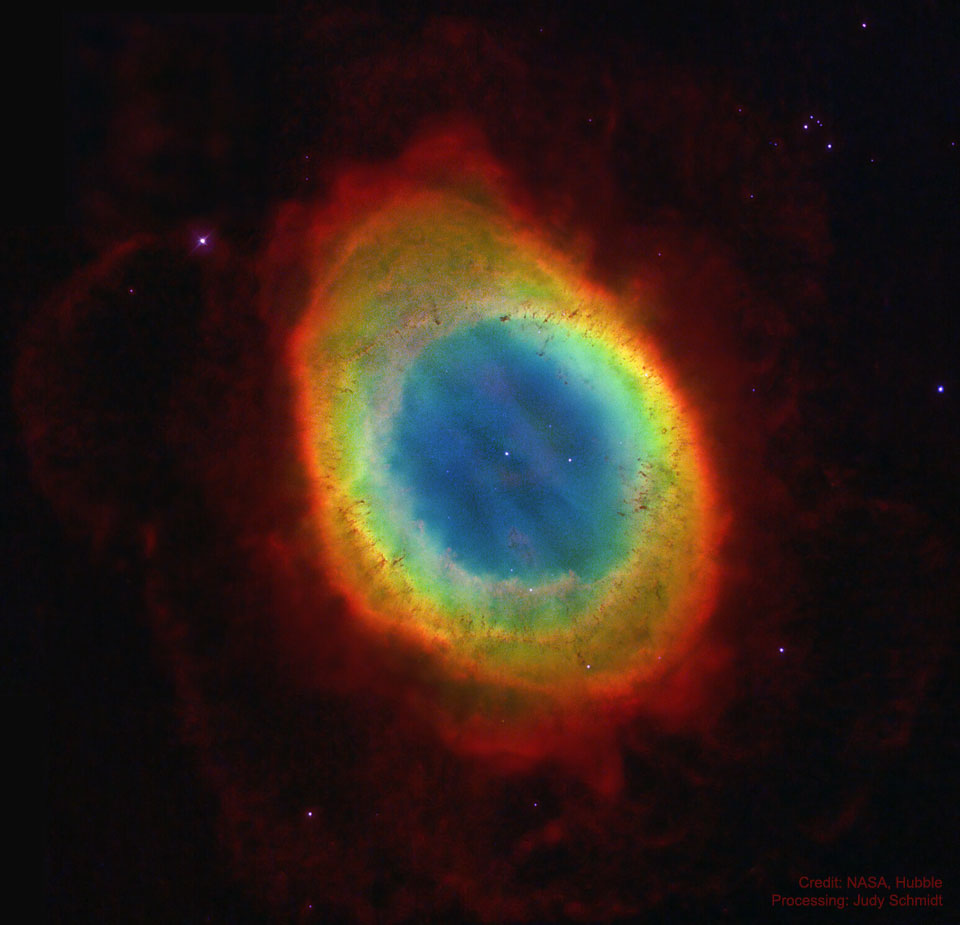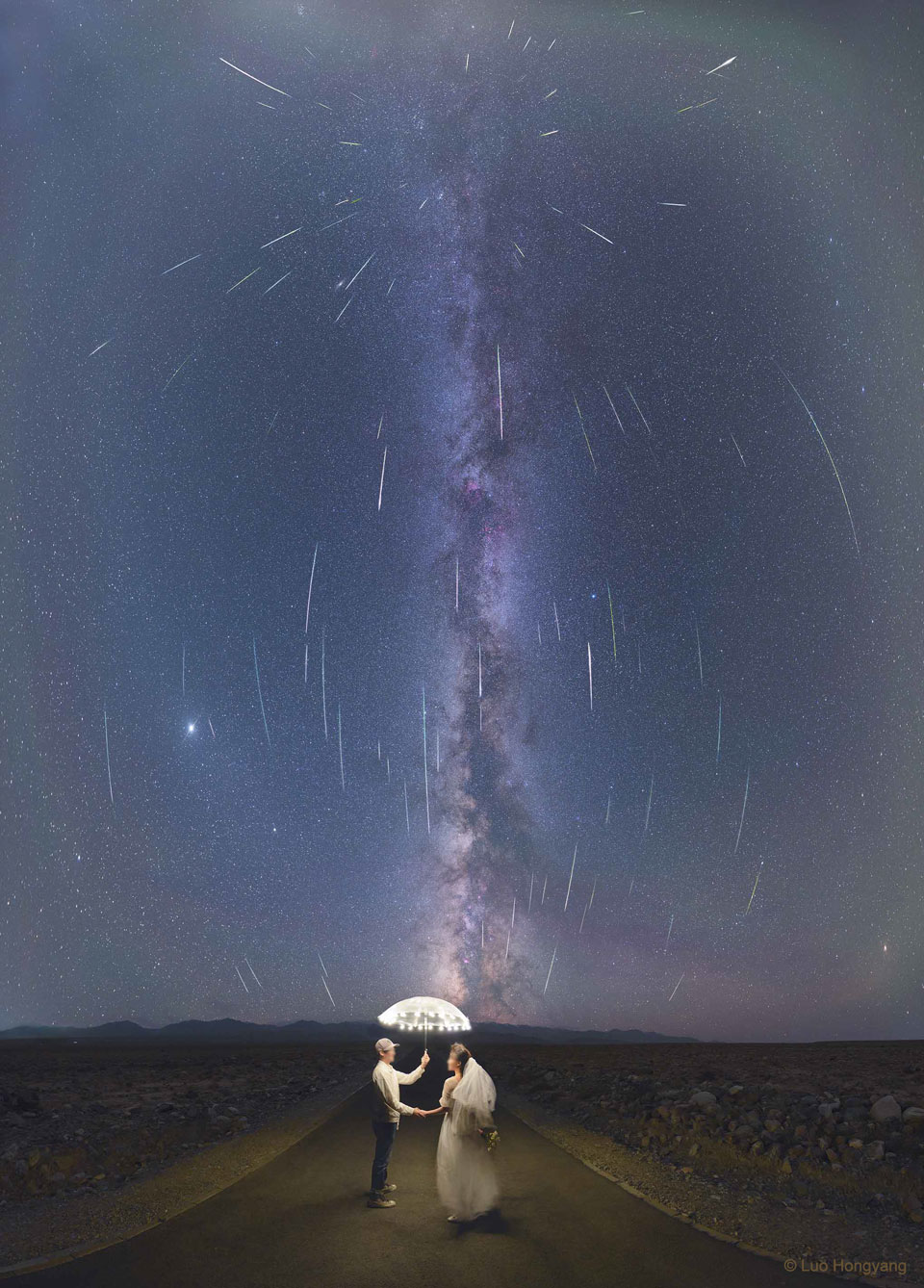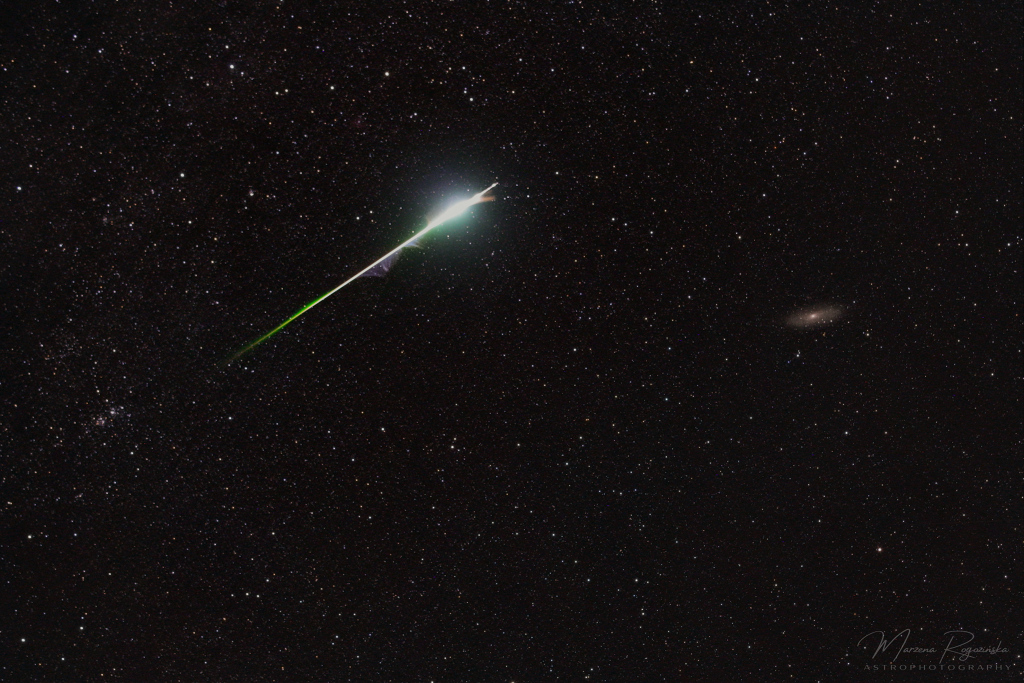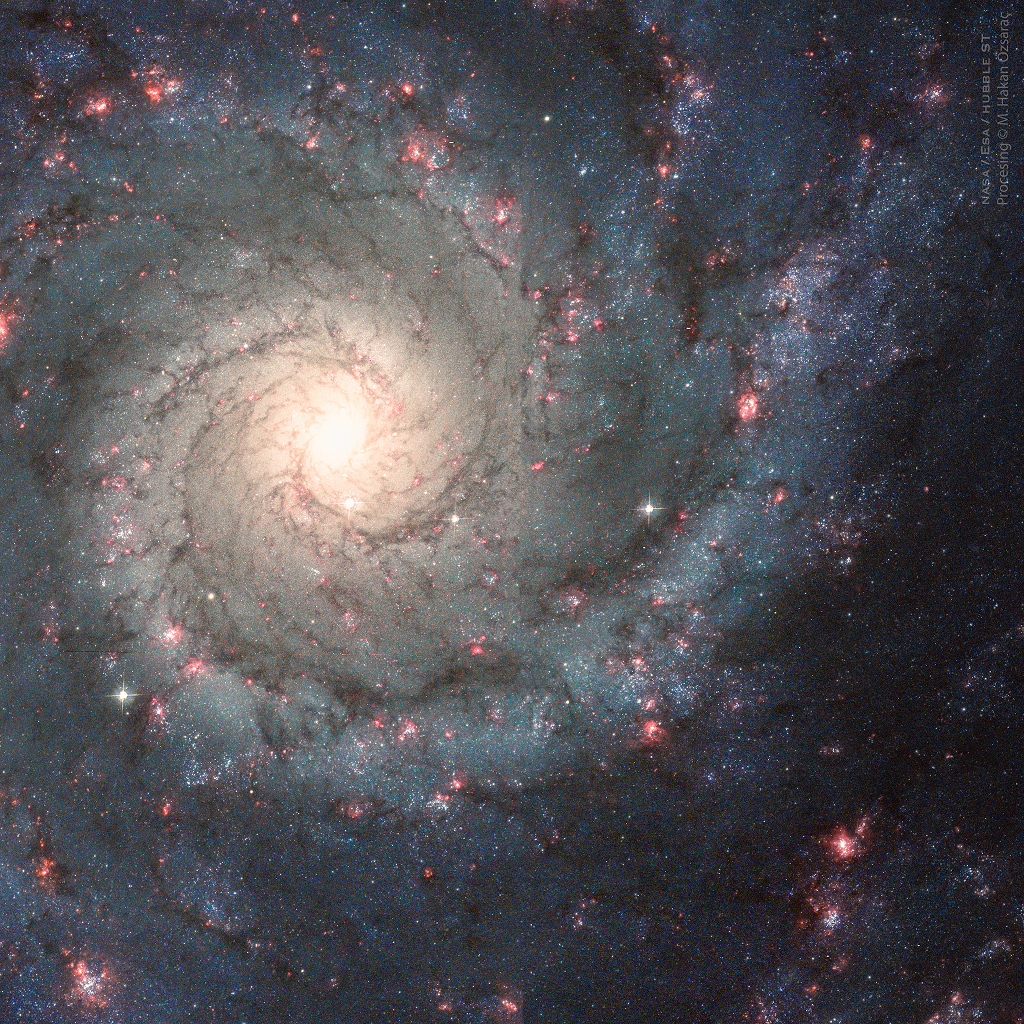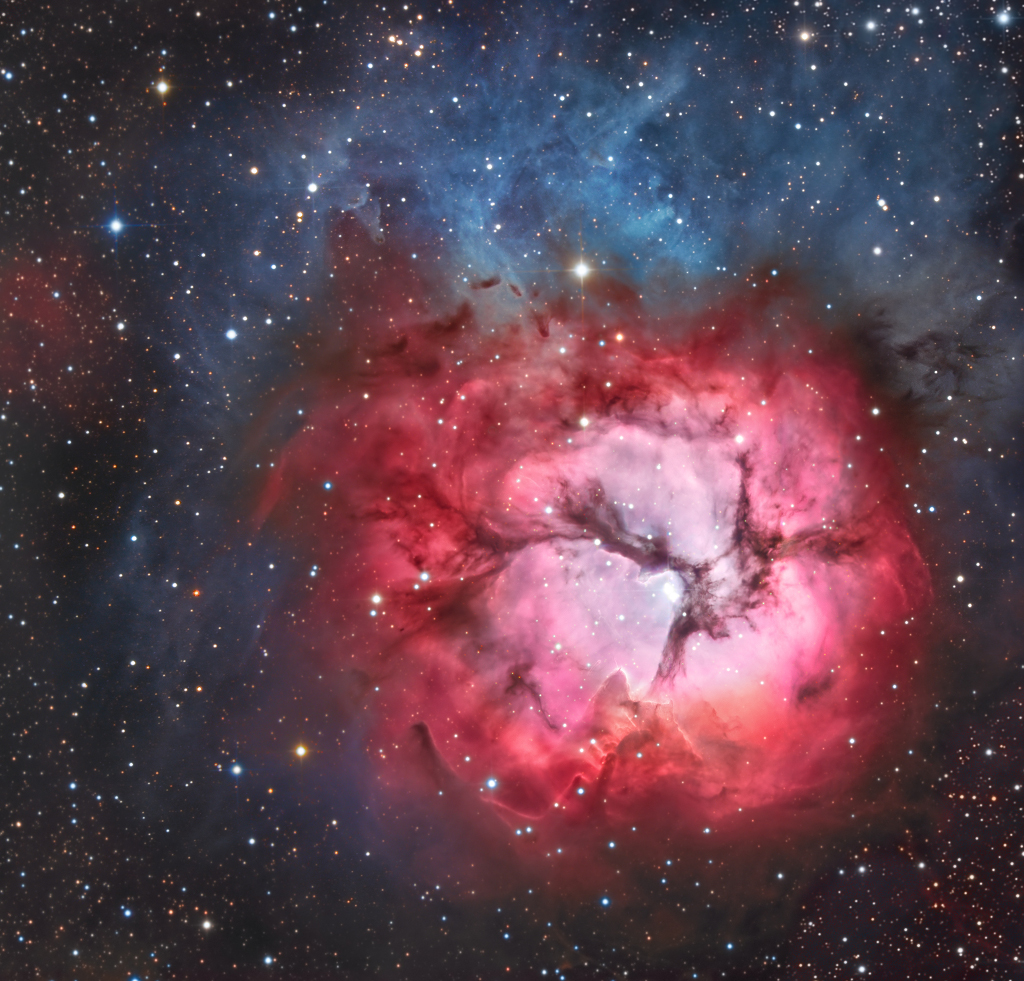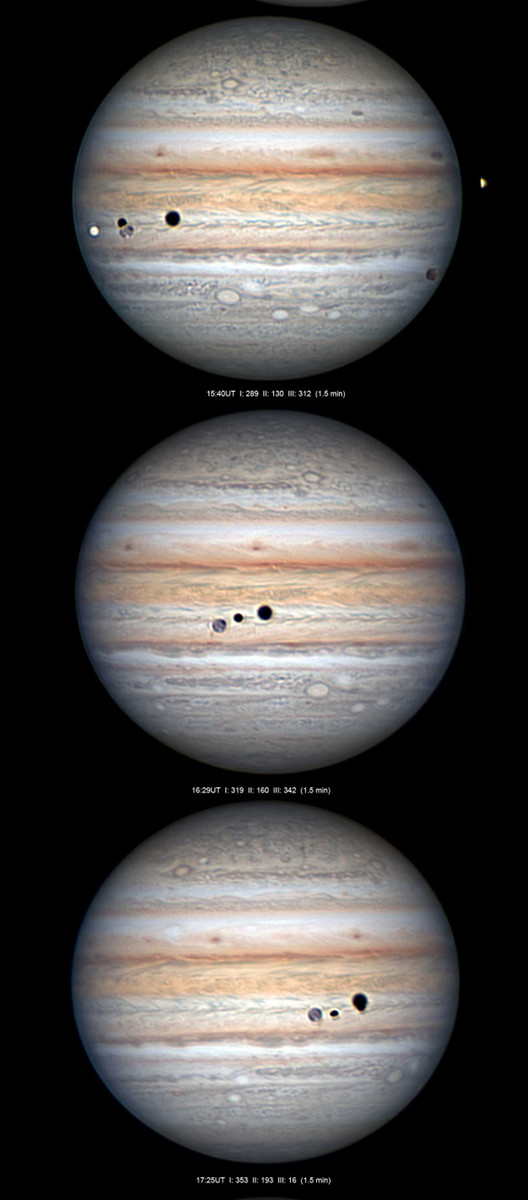
These three panels feature the Solar System’s ruling gas giant Jupiter on August 15 as seen from Cebu City, Phillipines, planet Earth. On that date the well-timed telescopic views detail some remarkable performances, transits and mutual events, by Jupiter’s Galilean moons. In the top panel, Io is just disappearing into Jupiter’s shadow at the far right, but the three other large Jovian moons appear against the planet’s banded disk. Brighter Europa and darker Ganymede are at the far left, also casting their two shadows on the gas giant’s cloud tops. Callisto is below and right near the planet’s edge, the three moons in a triple transit across the face of Jupiter. Moving to the middle panel, shadows of Europa and Ganymede are still visible near center but Ganymede has occulted or passed in front of Europa. The bottom panel captures a rare view of Jovian moons in eclipse while transiting Jupiter, Ganymede’s shadow falling on Europa itself. From planet Earth’s perspective, similar mutual events, when Galilean moons occult and eclipse each other, can be seen every six years or so when Jupiter is near its own equinox. via NASA https://ift.tt/2W4Z191
